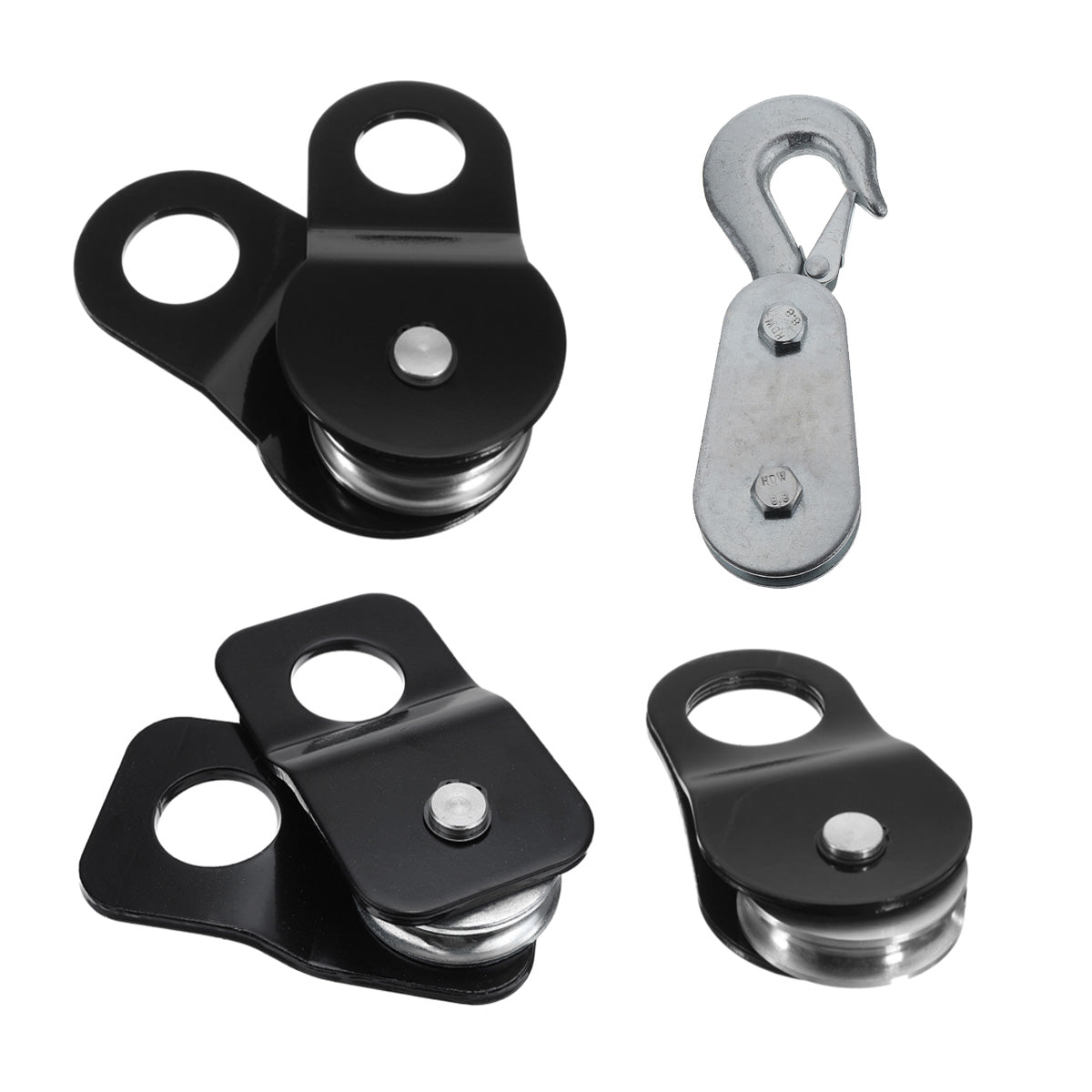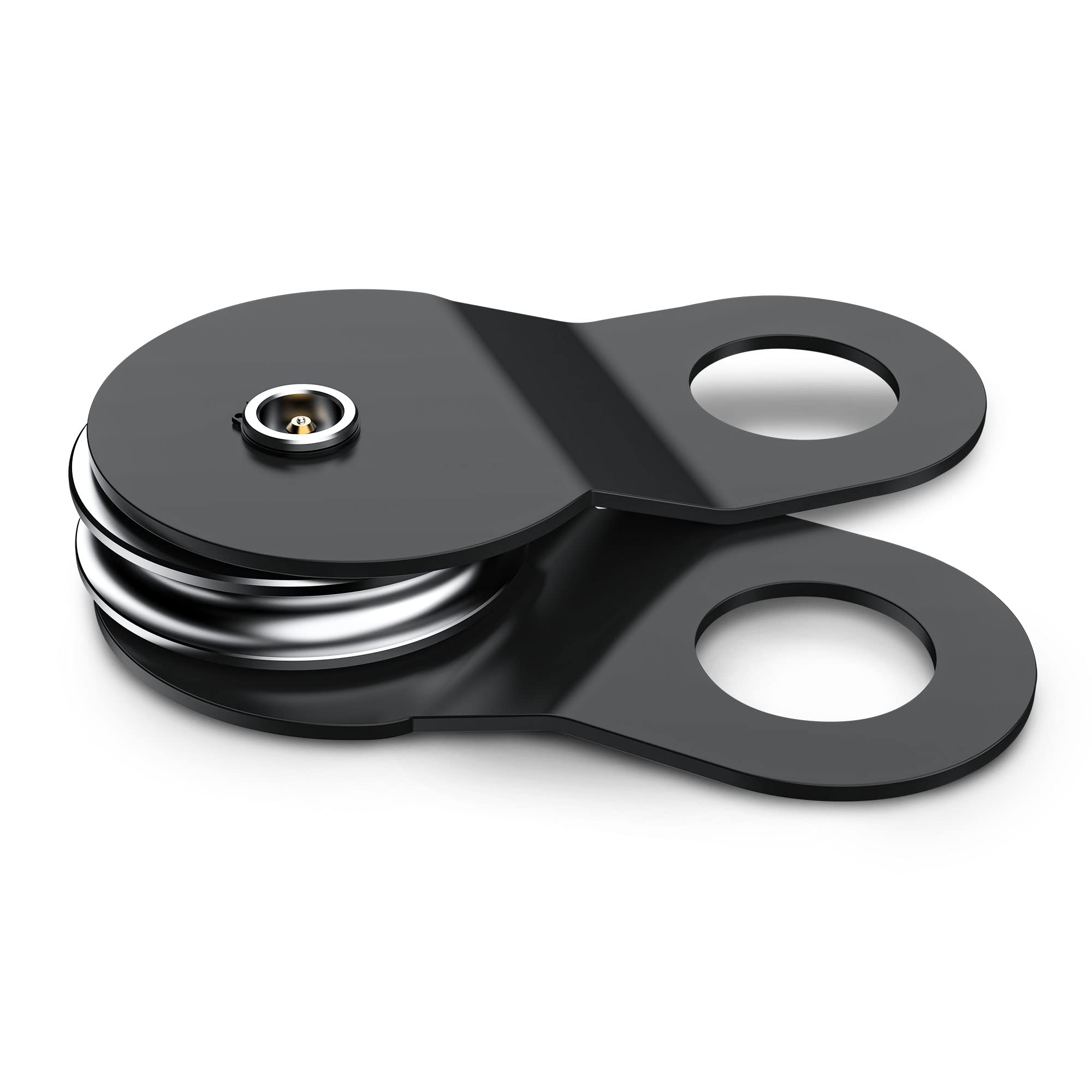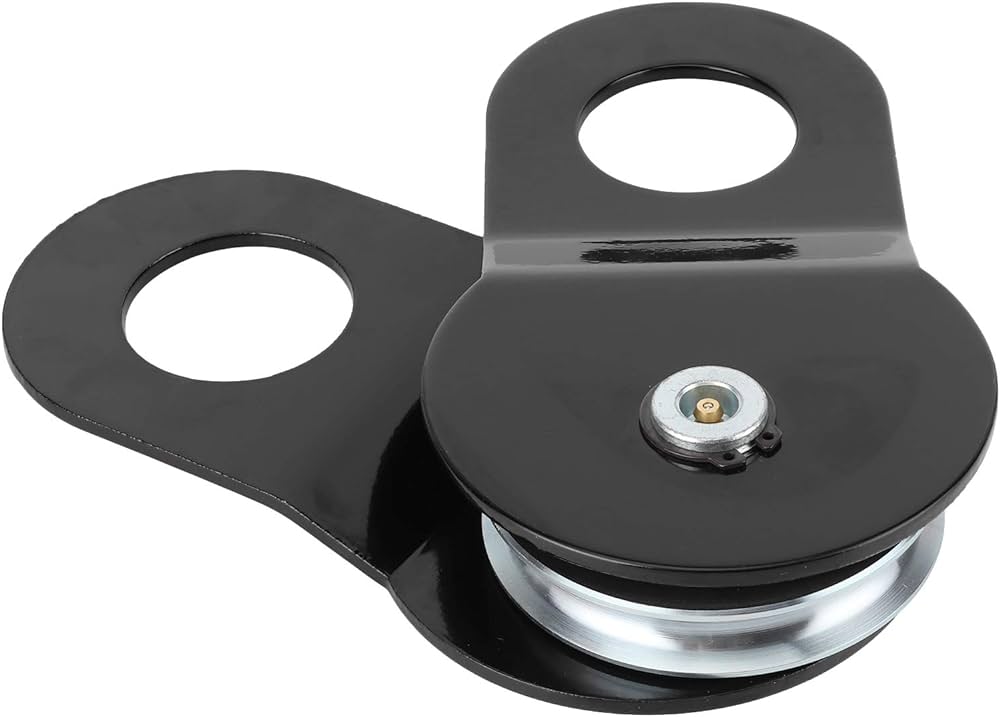Product Description
Chain Pulley Block Manual Chain Hoist Lifting Hoist Hand Chain Winch
Uses: Apply to lifting parts and traction. Tightening steel stranded wire, aluminum stranded wire and other kind wires.
Features: It has a great degree of expansion and save effort.
Technical Parameters
| Item number | Length of chain 2.5m(standard) | 14281 | 14291 | 14301 | 14311 |
| Length of chain 3m | 14282 | 14292 | 14302 | 14312 | |
| Length of chain 4m | 14283 | 14293 | 14303 | 14313 | |
| Length of chain5m | 14284 | 14294 | 14304 | 14314 | |
| Length of chain 6m | 14285 | 14295 | 14305 | 14315 | |
| Length of chain 8m | 14286 | 14296 | 14306 | 14316 | |
| Length of chain 10m | 14287 | 14297 | 14307 | 14317 | |
| Length of chain 12m | 14288 | 14298 | 14308 | 14318 | |
| Rated load (kN) | 5 | 10 | 15 | 20 | |
| Minimum distance between hooks(mm) | 280 | 320 | 390 | 410 | |
| Number of load chain | 1 | 1 | 1 | 1 | |
| Product weight with standard chain (kg) | 10 | 12 | 19 | 20 | |
| Weight of 1m chain(kg) | 1.7 | 1.7 | 2.3 | 2.3 | |
| Item number | Length of chain 3m(standard) | 14321 | 14331 | 14341 | 14351 |
| Length of chain 4m | 14322 | 14332 | 14342 | 14352 | |
| Length of chain5m | 14323 | 14333 | 14343 | 14353 | |
| Length of chain 6m | 14324 | 14334 | 14344 | 14354 | |
| Length of chain 8m | 14325 | 14335 | 14345 | 15345 | |
| Length of chain 10m | 14326 | 14336 | 14346 | 14356 | |
| Length of chain 12m | 14327 | 14337 | 14347 | 14357 | |
| Model | HS-3A | HS-5A | HS-10A | HS-20A | |
| Rated load (kN) | 30 | 50 | 100 | 200 | |
| Minimum distance between hooks (mm) | 485 | 600 | 820 | 1040 | |
| Number of load chain | 2 | 2 | 4 | 8 | |
| Product weight with standard chain (kg) | 27 | 45.5 | 83 | 193 | |
| Weight of 1m chain(kg) | 3.7 | 5.6 | 9.7 | 19.4 | |
To support the Transmission work, CHINAMFG Power has Tubular Gin Pole, Hydraulic cable puller, wire rope pulley block, hoisting tackle, Wire rope gripper, Cable reel spool and stand- all are OEM and professionally produced per ISO 9001:2008, which are being sold to over more than 50 countries in the world. Some items like emergency restoration tower and crossing structure, we can customized, and the safety tools and accessories, are not demanded the MOQ. You can freely help you out either Tech issue or Products requirements. Pls approach us. Thanks.
1.Training and services.
Marshine is a company specializing in the development, designand manufacture of electrical construction equipment and tools.
We not only produce but also sell international standard products,OEM and custom products,and provide quality tracking and service monitoring.
2. How about the quality of your products?
Our products are manufactured in strict accordance with domistic and international standards, and each product is tested before delivery. If you would like to view our quality certification and various test reports, please consult us.
3. Why do you choose us?
Because we can provide you with excellent service, high quality products and reasonable price. In addition, we can also provide smooth delivery of goods, excellent customer solutions.
4. Customer inquiry.
If there is an emergency, customers can also use ononline Chat methods (Skype, ) for faster and better communication. Any enquiry will be answered within 12 working hours.
5. How to obtain samples?
We can provide free samples to the buyer for testing, but the buyer needs to pay the freight. Existing samples take 2-3 days. If there is no stock, we will advise the delivery date.
6. How about packing and shipping?
All goods will be packed in plywood boxes for safe, long haul transport. Support EXW, FOB, CIF, CFR terms.
Required documents such as packing list, commercial invoice, bill of lading, air waybill, CO, Form E, Form F etc will be provided.
Note: If you do not find the product you need, please feel free to contact us. We will provide the best quotation as soon as we verify your requirements.
/* January 22, 2571 19:08:37 */!function(){function s(e,r){var a,o={};try{e&&e.split(“,”).forEach(function(e,t){e&&(a=e.match(/(.*?):(.*)$/))&&1
| Type: | Tightener |
|---|---|
| Certification: | CE, ISO |
| Customized: | Non-Customized |
| Condition: | New |
| Feature: | Antimagnetic |
| Rated Load (Kn): | 5-20 |
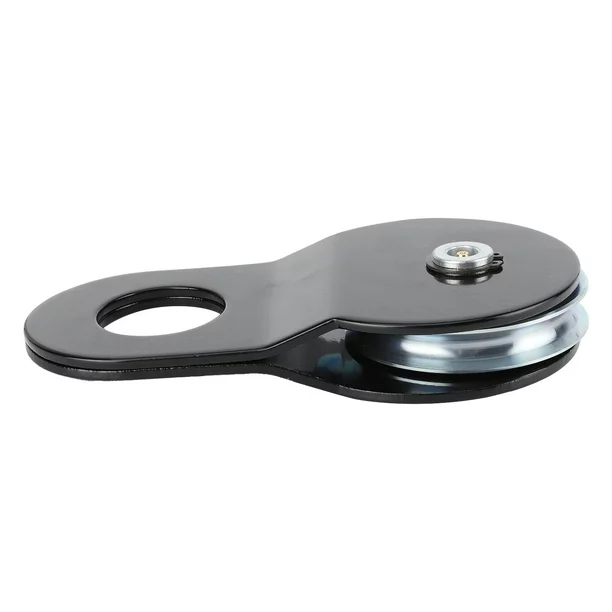
What is the significance of proper winch pulley alignment in winching operations?
Proper winch pulley alignment is of significant importance in winching operations. Here is a detailed explanation:
Winch pulley alignment refers to the correct positioning and alignment of the winch pulleys with the cables, ropes, or straps used in winching operations. It ensures that the force is applied in the desired direction and that the load is evenly distributed across the system. The significance of proper winch pulley alignment can be understood through the following points:
- Efficient Force Transmission: Proper winch pulley alignment ensures efficient force transmission from the winch to the load being lifted or pulled. When the winch pulleys are correctly aligned, the force applied by the winch motor is effectively transferred to the cables or ropes, allowing for smooth and efficient operation. Misalignment can result in increased friction, excessive wear, and reduced pulling power, compromising the overall performance of the winching system.
- Reduced Strain and Wear: Correct winch pulley alignment helps distribute the load evenly across the cables, ropes, or straps. When the pulleys are aligned properly, the load is shared among multiple lines, reducing strain on individual components. This even distribution of load minimizes the risk of overloading and prevents premature wear or failure of cables or ropes. Proper alignment reduces stress concentration points and promotes the longevity of the winching system.
- Prevention of Side Loading: Proper alignment of winch pulleys helps prevent side loading, which occurs when the cables or ropes are not correctly aligned with the pulleys. Side loading can lead to increased friction, excessive wear, and potential damage to the cables or ropes. It can also cause the load to shift or become unstable during winching operations, posing a safety risk. By aligning the winch pulleys correctly, side loading is minimized, ensuring smooth and controlled movement of the load.
- Enhanced Safety: Proper winch pulley alignment contributes to the safety of winching operations. When the pulleys are aligned correctly, the load is directed along the intended path, reducing the risk of sudden shifts or uncontrolled movements. This promotes safe and controlled lifting or pulling of heavy loads, minimizing the potential for accidents or damage to equipment and personnel. Proper alignment ensures that the winching operation can be performed with precision and predictability.
- Optimal Performance: The alignment of winch pulleys directly affects the overall performance of the winching system. Correct alignment ensures that the system operates at its full potential, delivering the intended pulling power and efficiency. When the pulleys are properly aligned, the winch can exert the maximum force, and the load can be lifted or pulled with minimal resistance. Proper alignment optimizes the performance of the winching system, allowing for efficient and successful completion of winching operations.
- Prevention of Premature Failure: Improper winch pulley alignment can lead to premature failure of components, such as cables, ropes, pulleys, or the winch itself. Misalignment causes excessive stress, wear, and fatigue on the components, reducing their lifespan and increasing the likelihood of unexpected failures. Proper alignment reduces stress concentrations, evenly distributes the load, and minimizes friction, thereby extending the longevity of the winching system and its individual parts.
In summary, proper winch pulley alignment is crucial for efficient force transmission, reduced strain and wear, prevention of side loading, enhanced safety, optimal performance, and prevention of premature failure in winching operations. Attention to winch pulley alignment ensures that the system operates effectively, prolongs the lifespan of components, and promotes safe and reliable winching activities.
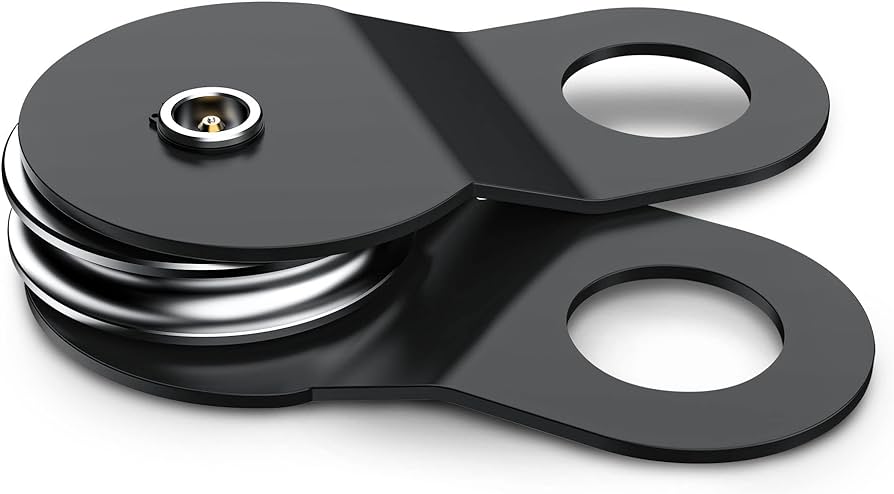
What are the advantages of using winch pulleys for lifting and pulling tasks?
Using winch pulleys for lifting and pulling tasks offers several advantages. Here is a detailed explanation of the advantages of using winch pulleys:
- Mechanical Advantage: Winch pulleys provide a mechanical advantage that enables users to multiply the force applied by the winch. By changing the direction of the force and utilizing multiple wraps of the cable or rope around the pulley sheave, winch pulleys effectively increase the pulling power or load-bearing capacity of the winch. This allows for the lifting or pulling of heavier loads that would otherwise exceed the winch’s rated capacity.
- Flexibility: Winch pulleys offer flexibility in terms of the direction in which the force is applied. They allow for changes in the pulling direction, making it possible to maneuver loads around obstacles or to reach locations that are not directly accessible by the winch. This flexibility is particularly useful in confined spaces or challenging environments where direct pulling is not feasible.
- Load Control: Winch pulleys enable precise load control during lifting and pulling tasks. By utilizing the pulley system, operators can apply gradual and controlled force, preventing sudden jolts or jerks that could damage the load or compromise safety. The ability to regulate the speed and tension of the cable or rope enhances load control and minimizes the risk of accidents or damage to the surrounding environment.
- Safety: Winch pulleys enhance safety during lifting and pulling operations. They allow for greater control over the load and reduce the risk of sudden or uncontrolled movements. The mechanical advantage provided by winch pulleys also reduces the strain on the winch motor, cable, and other components, increasing overall system safety and longevity. Furthermore, winch pulleys can be used to redirect the pulling force away from operators or bystanders, ensuring a safer working environment.
- Versatility: Winch pulleys are versatile tools that can be used in a wide range of applications and industries. They are compatible with various types of winches, cables, and ropes, offering flexibility in terms of equipment selection and adaptability to different tasks. Winch pulleys can be employed in automotive recovery, marine operations, construction, mining, forestry, and many other sectors where lifting, pulling, and load control are required.
- Efficiency: The use of winch pulleys enhances operational efficiency. By increasing the load-bearing capacity of the winch, winch pulleys allow for the handling of heavier loads with fewer resources. This reduces the need for larger, more powerful winch systems and can result in cost savings. The precise load control provided by winch pulleys also improves productivity by enabling operators to perform tasks accurately and efficiently.
Overall, the advantages of using winch pulleys for lifting and pulling tasks include mechanical advantage, flexibility, load control, safety, versatility, and efficiency. These benefits make winch pulleys indispensable tools in various industries where controlled and reliable lifting and pulling operations are essential.
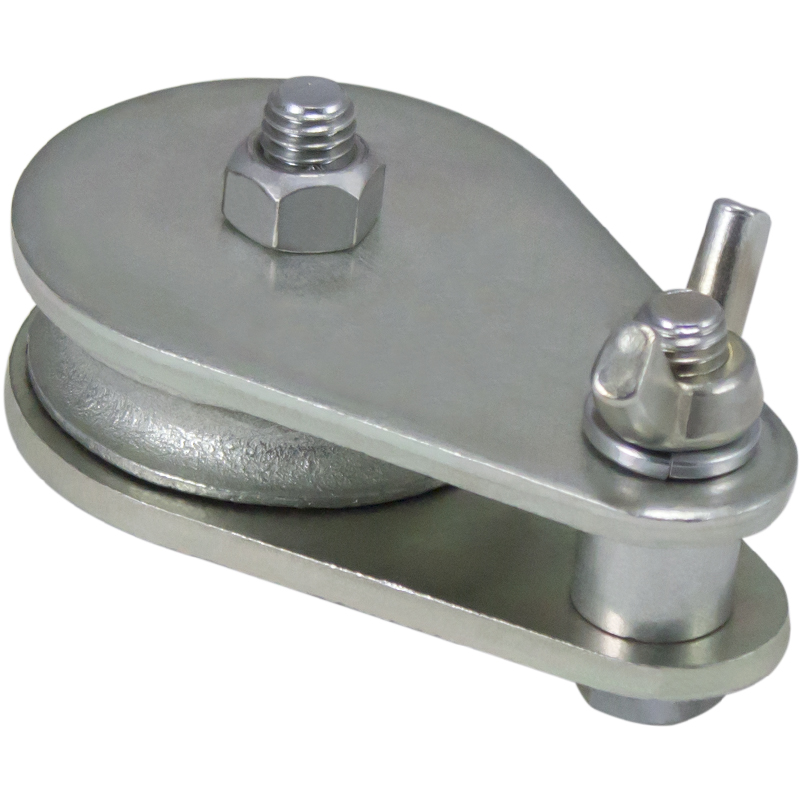
What types of cables or ropes are typically used with winch pulleys?
Winch pulleys are designed to accommodate various types of cables or ropes depending on the specific application and requirements. Here is a detailed explanation of the types of cables or ropes that are typically used with winch pulleys:
- Steel Cable: Steel cables, also known as wire ropes, are commonly used with winch pulleys. They are highly durable, have high tensile strength, and offer excellent resistance to abrasion and cutting. Steel cables are suitable for heavy-duty applications where strong pulling forces and load-bearing capacity are required. They are commonly employed in industries such as construction, mining, and off-road recovery.
- Synthetic Rope: Synthetic ropes made from materials such as high-strength polyethylene (HMPE), nylon, or polyester are becoming increasingly popular in winching applications. Synthetic ropes offer several advantages over steel cables, including lighter weight, flexibility, and easier handling. They are also safer in the event of a rope failure, as they do not store as much energy as steel cables. Synthetic ropes are commonly used in off-road recovery, recreational winching, and marine applications.
- Fiber Rope: Natural fiber ropes, such as manila or sisal, were historically used with winch pulleys but have been largely replaced by steel cables and synthetic ropes in industrial applications. However, fiber ropes are still employed in certain specialized applications or industries where their specific properties are beneficial. For example, they may be used in situations where low conductivity or reduced risk of sparking is important.
- Wire Rope Sling: In some cases, wire rope slings may be used with winch pulleys. Wire rope slings consist of multiple strands of wire rope formed into a loop or sling configuration. They are commonly used for lifting and rigging applications where a flexible and strong sling is required to connect the load to the winch pulley. Wire rope slings offer excellent load-bearing capacity and flexibility.
The selection of the appropriate cable or rope for a winch pulley depends on various factors such as the intended application, load requirements, environmental conditions, and safety considerations. It is important to consider the specific requirements and consult the manufacturer’s recommendations to ensure the compatibility and safe use of the cable or rope with the winch pulley.


editor by CX
2024-04-26
